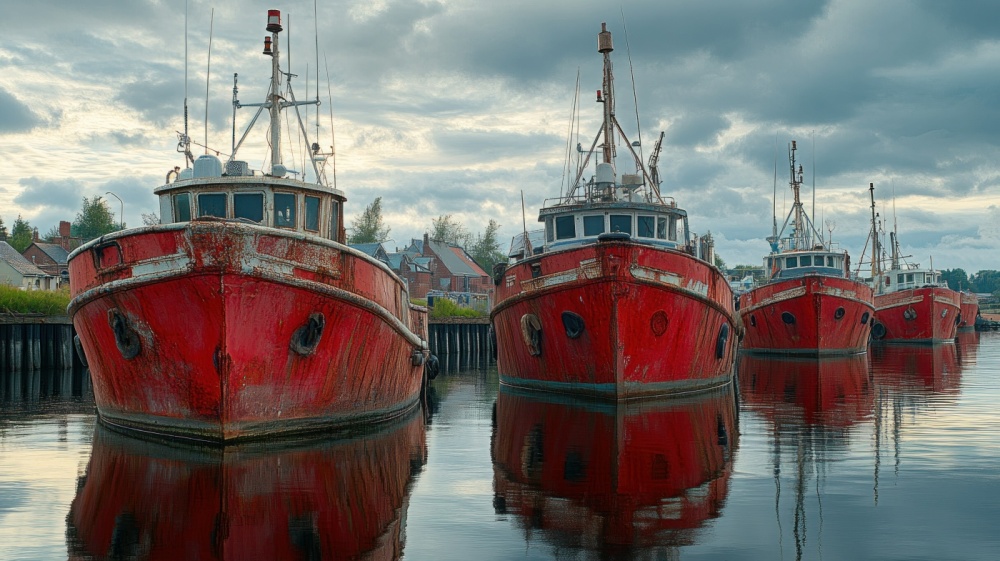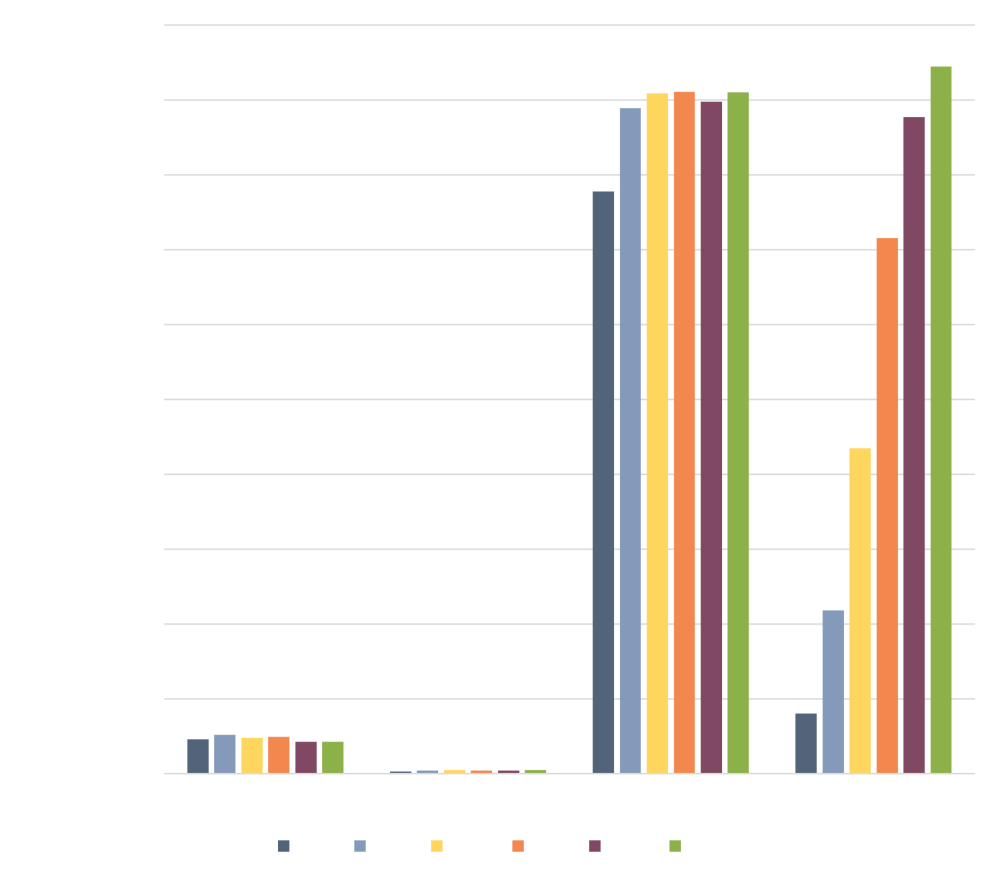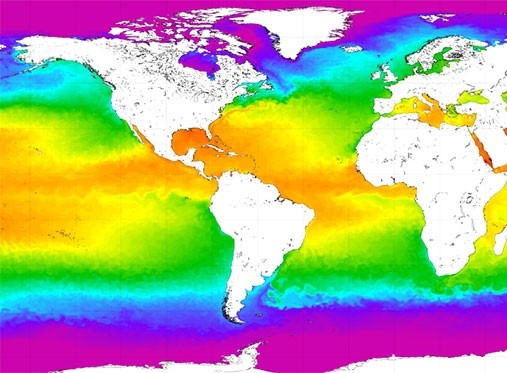1. Chile Report: Salmon Farming
At the beginning of 2019, we took the opportunity to visit salmon farming operations in the Chilean summer.
In April, President Trump signed a declaration to restore the competitiveness of US fish and seafood production. The aim is to remove regulatory burdens for the entire value chain. A brief analysis of whether a new superpower is emerging in aquaculture or whether the declaration is more of a gift to voters in the remote state of Alaska.

A look at the long-term production statistics shows that the USA is by no means a small producer of fish and seafood. However, it is a market player that is neither growing nor innovative. Since the 1980s, the annual supply of fish «Made in the USA» has remained constant at around 5 million tonnes. This makes them the 8th largest fish producer in the world. Around 90% of production is constantly wild-caught, with the rest - most recently 480'000 tonnes - coming from aquaculture. Nevertheless, the aquaculture volume was able to grow at an average rate of 1% p.a. from 1980 to 2022, but at a much slower rate than the global farmed volume, which increased by 6% annually. A look at the statistics even reveals that in 1980 the USA farmed 10x more fish than Norway, today's technology leader in aquaculture. Growth was not possible with wild capture, which already reached the maximum possible catches in the 1980s. Overfishing would have had a lasting impact on the biomass in US-related waters or nearby fishing grounds. Measured in volumes, the largest species catched in the USA today are Alaska pollock, Gulf menhaden and North Pacific hake. These are all fish that are either categorised as cheap white fish (processed into fish fingers or surimi) or are processed into fishmeal and fish oil due to their small size.

On the other hand, fish consumption in the USA has increased significantly. Whereas 4.5 million tonnes were still in demand in 1980, this figure had already risen to 8.0 million tonnes by 2021. A very simplified calculation 25 years ago would have concluded that the USA was over 100% self-sufficient in fish. Today, this rate is down to around 60%. However, if you exclude the fish that are not used for human consumption, the rate drops further to 43%. If you also take into account the fact that US citizens prefer to consume shrimp, salmon and tuna rather than local fish, the entire self-sufficiency of the USA becomes a fiasco. And with it, the balance of trade, which is so important in President Trump's considerations. Cutting off international trade would have major consequences for the preferences of the US population in their everyday consumption. Increased wealth in the USA has made it possible to import high-quality and therefore expensive fish from all over the world. In contrast, the domestic industry has made no effort to make progress in the aquaculture sector to close this ever-increasing demand gap.

Criticising the failure to develop a fish farming industry is, of course, somewhat short-sighted. What access to the sea is to wild fishing, access to favourable breeding conditions in coastal waters is to aquaculture. Norway has several thousand kilometres of fjord landscape, which not only provides protection from high waves, but also ensures well-circulating water at optimal temperatures for salmonids. A natural asset that the Norwegians have learnt to use to their advantage over the past 40 years. Of course, these advantages are not found in California or Florida due to the climate. There are a few ‘hotspots’ in the Seattle area on the west coast or near Maine on the east coast, but these are controversial among the population due to some learning errors. Some licences have been withdrawn or breeding in open waters was banned. Alaska would offer some good locations for cold-water species, but the opposition of the large fishing industry and the closeness to nature of the Americans have not yet led to an opening. Therefore, the combination of a lack of will and limited natural capital is probably preventing the emergence of a relevant aquaculture sector in the richest country in the world.

Comments